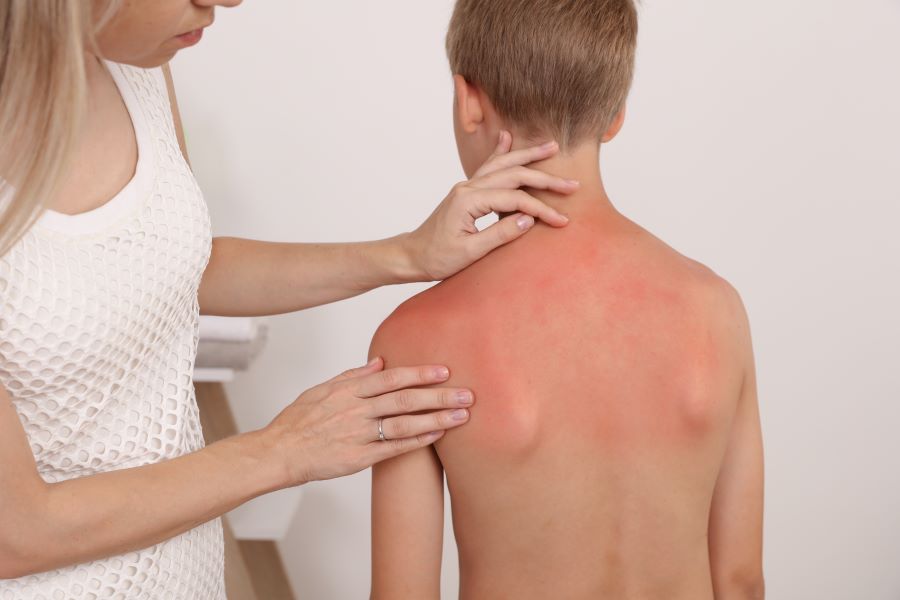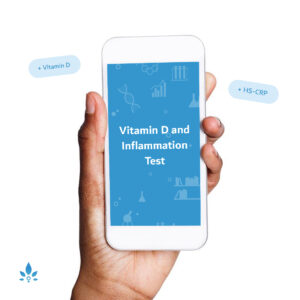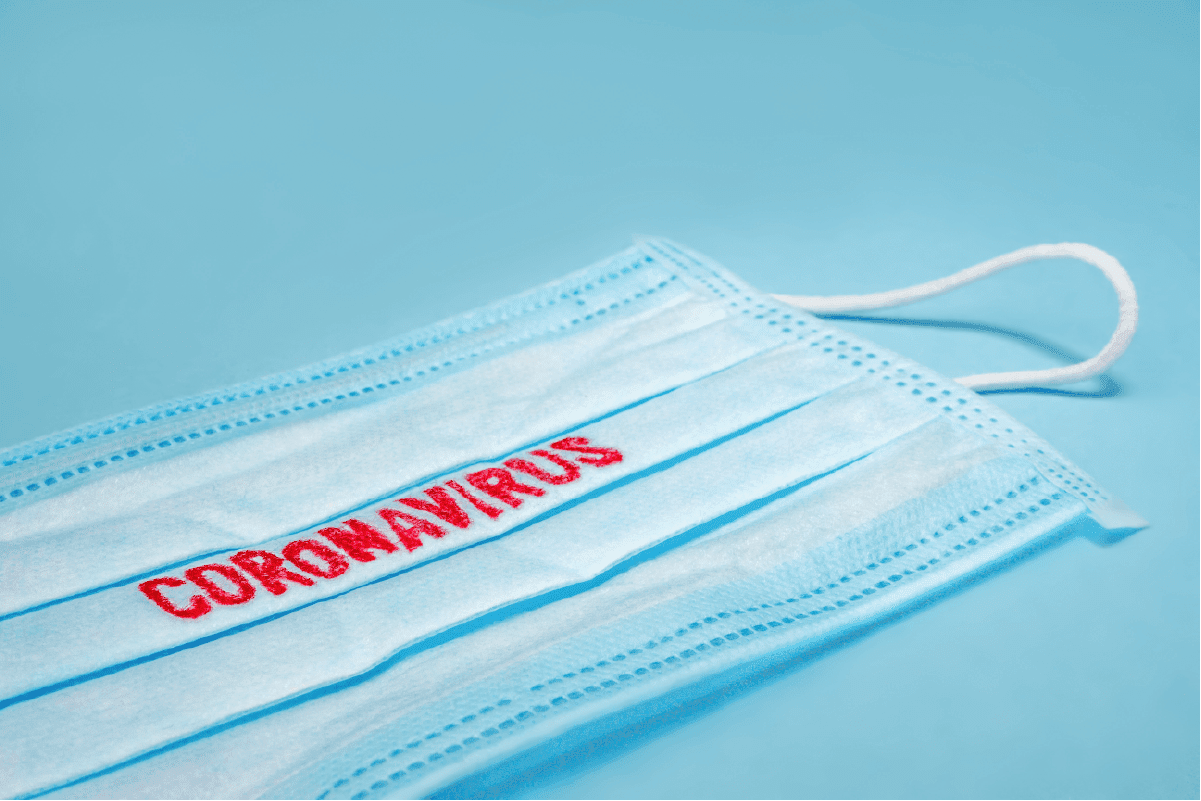How to Treat Heat-related Illnesses in Children


Summer is a great time to be outside with the family, but when it comes to summer heat, there can be too much of a good thing. Heatwaves—temperatures equal to or higher than the 95th percentile for a particular area and that last for at least two days—are becoming increasingly more common. Parents and caregivers need to be aware of some of the risks of elevated temperatures in order to prevent heat exhaustion and in severe cases, heatstroke.
Heat exhaustion refers to exposure to heat for long enough to make a person feel uncomfortable and become dry. A child may appear mildly dehydrated with dry lips, fewer wet diapers, and fatigue. Their core body temperature may remain normal or maybe only slightly elevated. Some children are nauseated and even vomit when overheated, making rehydration a challenge. Children are more vulnerable to heat exhaustion than adults, and babies are at the greatest risk as their ability to regulate their own body temperature is immature, and they lack the ability to sweat as much as an older child.
In heatstroke, the body temperature is elevated to upward of 104 degrees Fahrenheit. The child will have hot skin, be fussy or tired, and maybe confused, as the central nervous system is affected. Heatstroke is a medical emergency. Left untreated, it can lead to death. Each year in the US, nearly four dozen children die of heatstroke after being trapped in a hot car. Cars pose one of the biggest dangers for heatstroke as their internal temperatures can rise to upward of 160 degrees within a very short period of time. According to the National Highway Traffic Safety Administration, “When the outside temperature is 83 degrees Fahrenheit, even with the window rolled down two inches, the temperature inside the car can reach 109 degrees in only 15 minutes.” From there, the temperature continues to rise quickly, meaning even a few minutes alone in a car can be deadly.
To prevent heat illness, keep all infants under the age of 6 months out of the sun. For older infants and children, plan activities outdoors in the early mornings or late afternoons on hot days. Bring water and other beverages along and remind children to drink every 20 minutes or so while at play. Look for shaded areas while outside to cool off. Use a cool (not cold) rag or water to cool down hot skin. If your baby or child appears uncomfortable, go indoors. If they are unusually fatigued or begin to vomit, seek medical attention right away.
Sources:
- Medscape
- Cooling Techniques for Hyperthermia.
National Highway Safety and Traffic Commission - NHTSA Cautions Parents on the Risks of Hyperthermia.
Powered by Bundoo®












































